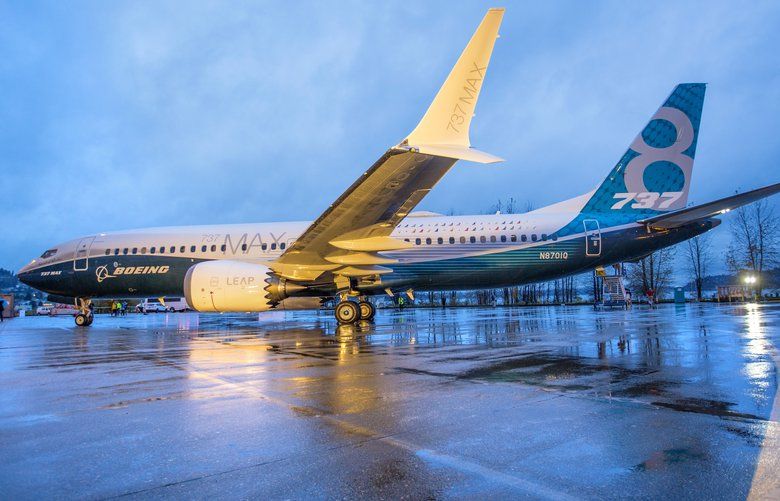A buddy's flying back from Florida a day late due to the grounding of his Max 8 flight. It seems that thanks to to YouTube everyone on the planet knows how to fly a Max 8 except the airline pilots.
It sounds like a software issue mixed with insufficient training possibly affected by assumptions that the Max 8 was just a re-engined 737.
However if they can screw up a commercial airliner could the same assumptive logic happen with autonomous cars?
I read somewhere that Honda's early attempt to put an automatic transmission in a motorcycle had some glitches. Unexpected downshifting in a turn could get exciting.
There's a thread going about people not knowing how to turn on headlights or dim them.
The lawyers and accountants will be busy for a while figuring out who pays what.
It sounds like a software issue mixed with insufficient training possibly affected by assumptions that the Max 8 was just a re-engined 737.
However if they can screw up a commercial airliner could the same assumptive logic happen with autonomous cars?
I read somewhere that Honda's early attempt to put an automatic transmission in a motorcycle had some glitches. Unexpected downshifting in a turn could get exciting.
There's a thread going about people not knowing how to turn on headlights or dim them.
The lawyers and accountants will be busy for a while figuring out who pays what.














